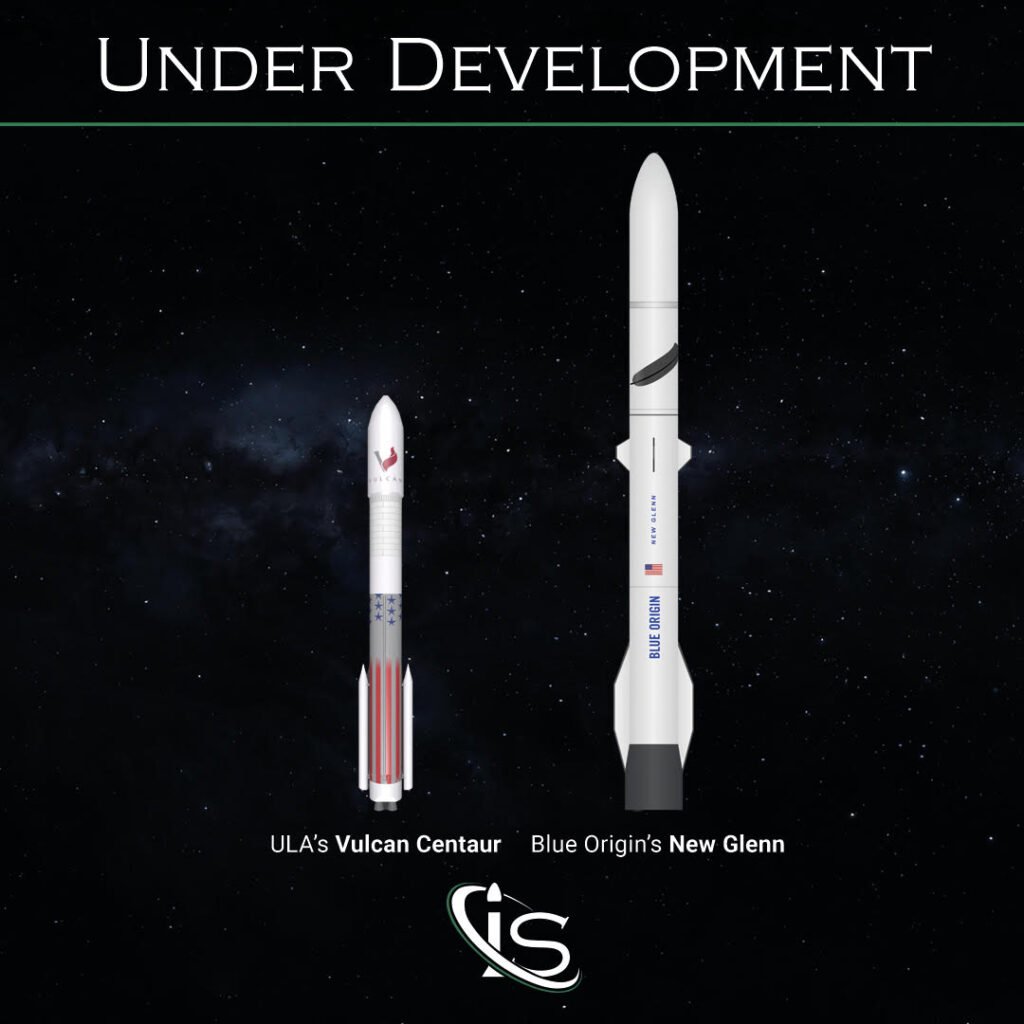
Unveiling The Future: New Glenn Mission Launches Into Space With Unmatched Capabilities
The recent successful launch of Blue Origin's New Glenn mission marks a significant milestone in the history of space exploration. This groundbreaking mission, led by visionary entrepreneur Jeff Bezos, has ushered in a new era of space capabilities with its cutting-edge technology and ambitious long-term goals.
Unparalleled Capabilities: A Quantum Leap in Space Technology
The New Glenn rocket boasts an array of unmatched capabilities that set it apart from its predecessors. With a towering height of 322 feet (98.1 meters) and a lift capacity of 45 metric tons (40,823 kilograms) to low Earth orbit, it has the potential to carry a wide range of payloads, including satellites, space stations, and even human crews. Its advanced BE-4 engines, fueled by liquefied natural gas and liquid oxygen, provide exceptional efficiency and reusability, significantly reducing launch costs.
Additionally, the New Glenn mission incorporates innovative features that enhance its operational versatility. Its payload fairing is designed with a large diameter of 23 feet (7 meters), enabling it to accommodate bulky satellites and spacecraft. The rocket also features advanced avionics and guidance systems that allow for precise maneuvering and orbital insertion. These capabilities position New Glenn as a transformative platform for a multitude of space missions, from scientific research and satellite deployment to commercial ventures and human spaceflight.
A Multifaceted Mission: Paving the Way for Future Endeavors
The primary objective of the New Glenn mission was to demonstrate the rocket's capabilities and pave the way for future missions. Following its successful launch, the rocket performed a series of maneuvers to verify its flight performance and control systems. It also deployed three research payloads, including a CubeSat developed by the University of Florida, demonstrating the rocket's ability to carry and deploy multiple payloads simultaneously.
Furthermore, the New Glenn mission represents a significant step towards Blue Origin's long-term vision of establishing a permanent human presence in space. By developing reusable rockets and advanced spacecraft, Blue Origin aims to make space travel more affordable and accessible, enabling a broader range of research, exploration, and commercial activities in the future.
Diverse Perspectives: Embracing Collaboration and Innovation
The New Glenn mission has garnered widespread attention and diverse perspectives from the space community. Some experts have hailed it as a game-changer that will revolutionize space exploration, while others have expressed cautious optimism, calling for further testing and operational experience to fully assess its capabilities. The mission has also sparked discussions about the future of the space industry, highlighting the importance of collaboration and innovation among various stakeholders, including government agencies, private companies, and academic institutions.
NASA Administrator Bill Nelson praised the successful launch, stating, "This is a significant milestone for Blue Origin and the entire space industry. We are excited to see what New Glenn can do to further our exploration and research goals." Conversely, some analysts have pointed to the need for more competition in the reusable rocket market, suggesting that multiple providers could lead to lower costs and greater innovation.
Critical Analysis: Weighing the Pros and Cons
While the New Glenn mission has undoubtedly showcased the remarkable advancements in space technology, it is crucial to critically analyze its implications and potential limitations. One major concern raised by some experts is the environmental impact of large-scale rocket launches. The burning of fossil fuels during launch can release significant amounts of greenhouse gases into the atmosphere, potentially contributing to climate change. It is essential that Blue Origin and other space companies prioritize the development of sustainable and environmentally conscious launch technologies.
Another aspect to consider is the cost-effectiveness of the New Glenn rocket. While reusability is a key factor in reducing launch costs, the overall cost of developing, maintaining, and operating the rocket will need to be carefully evaluated. The long-term profitability and financial sustainability of New Glenn will ultimately determine its success and the extent of its impact on the space industry.
Reflection and Broader Implications: Envisioning the Future of Space Exploration
The successful launch of the New Glenn mission serves as a testament to human ingenuity and the relentless pursuit of knowledge beyond our planet. It is not merely a technical achievement but also a step towards a future where space exploration becomes more accessible, affordable, and sustainable. As we look ahead, it is important to reflect on the broader implications of this mission and consider how it may shape the future of humanity in space.
The New Glenn mission has demonstrated the immense potential of reusable rockets in transforming space travel. By reducing launch costs and increasing mission flexibility, reusability could open up new possibilities for scientific research, space-based industries, and human exploration. However, it is crucial to strike a balance between technological advancements and environmental responsibility, ensuring that space exploration aligns with our long-term sustainability goals.
Moreover, the New Glenn mission highlights the importance of international collaboration and public-private partnerships in advancing space exploration. By fostering a spirit of cooperation and sharing resources, we can accelerate innovation and achieve ambitious goals that were once thought to be impossible. As we embark on the next chapter of space exploration, it is imperative that governments, companies, and researchers work together to create a future where space benefits all of humankind.